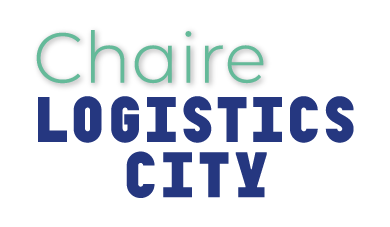
Welcome to the
E-commerce
mobilities
observatory
This Observatory is hosted by the Logistics City chair of the University Gustave Eiffel and updated on a regular basis.
A growing sector, e-commerce comprises B2B, B2C and C2C transactions and sales of both goods and services. Country-level data are easier to get by, while urban-level data are harder to access. This section dives deeper into ways of defining and quantifying e-commerce.
B2C
E-commerce does not necessarily imply the removal of physical stores, but rather an evolution of the ways in which goods are moved from seller to buyer, from business to consumer. This section discusses e-commerce stakeholders and structures.
Stakeholders
With e-commerce, consumers’ need to travel to stores is theoretically eliminated and delivery operations are created instead. While the relationship between personal and goods mobility is not straightforward, it is important in understanding the sustainability implications. This section explores various e-commerce mobilities.
Mobilities
E-commerce spurs the development of a new type of warehousing in cities that is structurally changing the state of logistics real estate. Micro, multi-storey and multi-activity, this section discusses this new trend in urban warehousing related.
Warehousing
Food delivery, instant delivery
The study of food and grocery delivery, with a focus on instant deliveries (quick commerce, gig workers), is of paramount significance in today's economic landscape. These sectors are reshaping how we access essential goods and altering the dynamics of retail. Efficiency, sustainability, and their impact on workers are pivotal issues to investigate in this ever-evolving context, which significantly influences our lifestyles and economy. The rise of online short supply chains presents a novel dimension to explore, as they transform traditional concepts of distribution and create new opportunities in the digital realm.










